HEAD TO HEAD: Should teen permit owners practice for their driving exam to and from school?

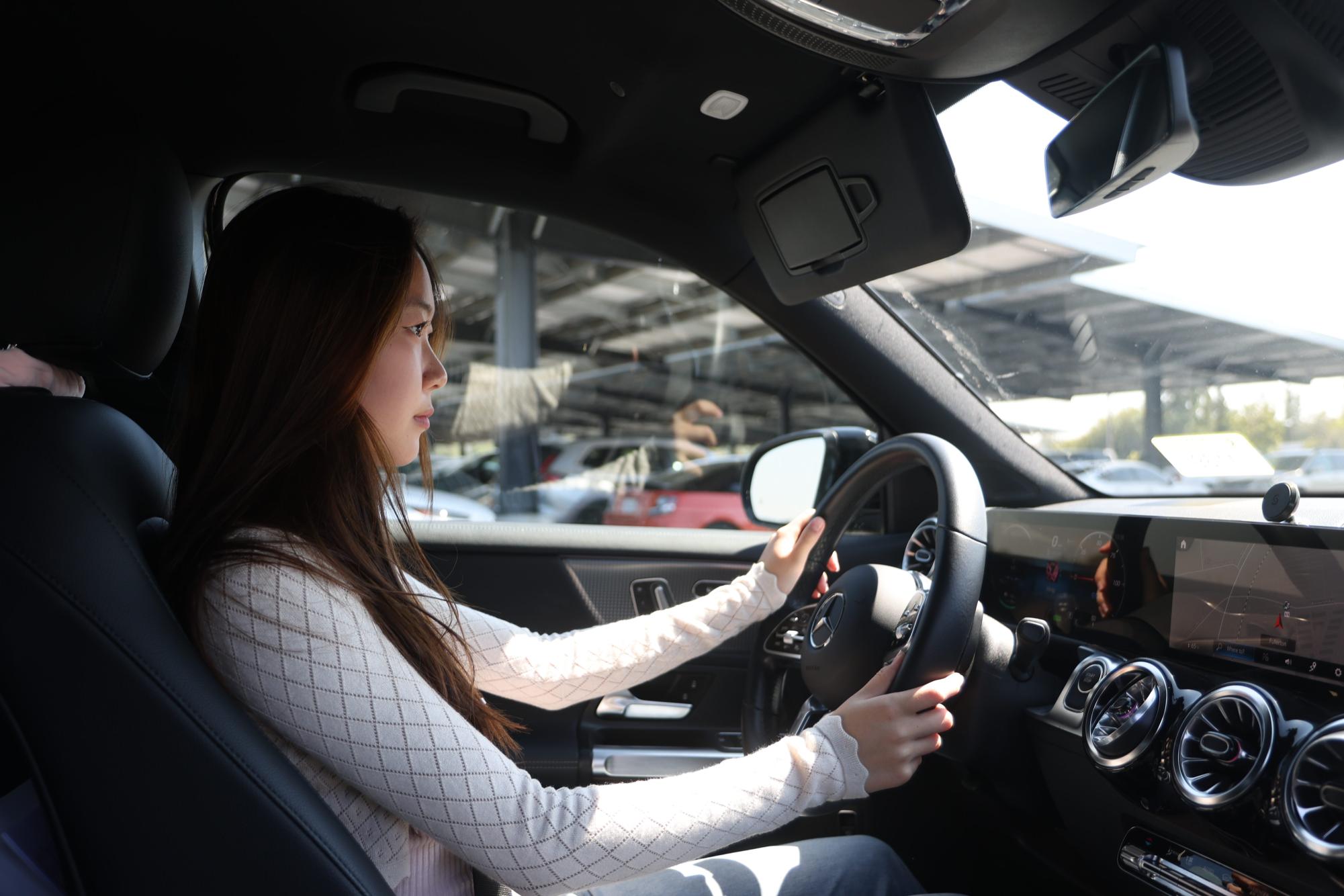
Turn right from West Bastanchury Road onto Lancer Way, my GPS said.
Sitting in the driver’s seat of my mom’s 2023 Mercedes Benz EQB 250, I made my way up the Sunny Hills south parking lot with my mom sitting in the passenger seat.
Once I entered a parking lot, I put the car in “park” and got out while my mom also got out to switch places with me. I’ve never worried about what others thought of me, a beginner, driving to school every day because I was confident that my skills were similar to any other student driver in the lot.
After school ends, my mom would come pick me up, and I would switch places with her to drive back home.
This has been the routine since I got my driver’s permit in February, so I started driving to and from school in the spring semester of last year.
As a result, I passed my license test on my first attempt, which was scheduled on Wednesday, Aug. 14.
Driving to and from school daily helped me get my 50 hours in and practice my driving skills consistently. Parents should let their teens drive to school to practice for their Department of Motor Vehicles driving test.
Although the congested traffic at the beginning and end of school could cause issues for new drivers, it’s important to learn to prepare for unexpected situations that may arise with an adult by my side rather than when I’m all alone, my mother advised. She decided that it would be beneficial for me to learn how to drive to school and back during school hours to practice for when I would later go alone.
Because I normally didn’t have a chance to go out during the day to practice my skills, driving to school was one of the only ways I could learn.
In my experience, I have never faced any major problems or concerns with traffic before and after school hours. Before I started driving to school, I had already practiced going to school with my personal driving instructor that my parents hired over the weekend or later in the evening on school days, so I was already accustomed to the path, which usually takes 10 minutes driving from home.
Driving to school also allowed me to become more familiar with the road and prepare for when I would eventually start going to school by myself without a parent next to me.
Still, risks could appear with inexperienced drivers going to places packed with pedestrians and other cars. Some might say that it is too risky to trust students to drive safely around others in the school parking lot. Teens’ peers are walking across the streets, or they’re sitting as passengers in front of the teen driver and behind. What would happen if the teen driver made a mistake and rear-ended a friend in front?
However, this only allows students to become more prepared for when they start driving to school on their own. My mom taught me that it’s better to practice going to school with an adult to guide and help me when I’m learning to drive than to go by myself for the first time. That way, students can effectively learn to avoid accidents at school when they’re on their own.
One instance happened just a few days prior to my license test, when I was nervous because I hadn’t driven to school in a while. I was practicing with my mom as per usual, when the car next to me suddenly cut in front, forcing me to slow down. Although the situation wasn’t my fault, my mom told me to always be wary of others on the road and to just let it go if anything like this happens because it is better to avoid conflict while driving.
Furthermore, a 2014 study from the JAMA Network shows that students with a higher tendency to stress are less likely to get in a crash.
According to the article, the study found that “participants with a higher baseline cortisol response had lower crash and near-crash [CNC] rates during the follow-up period and faster decrease in CNC rates over time.”
Thus, letting teens drive to school is the best way to steer them toward improvement.
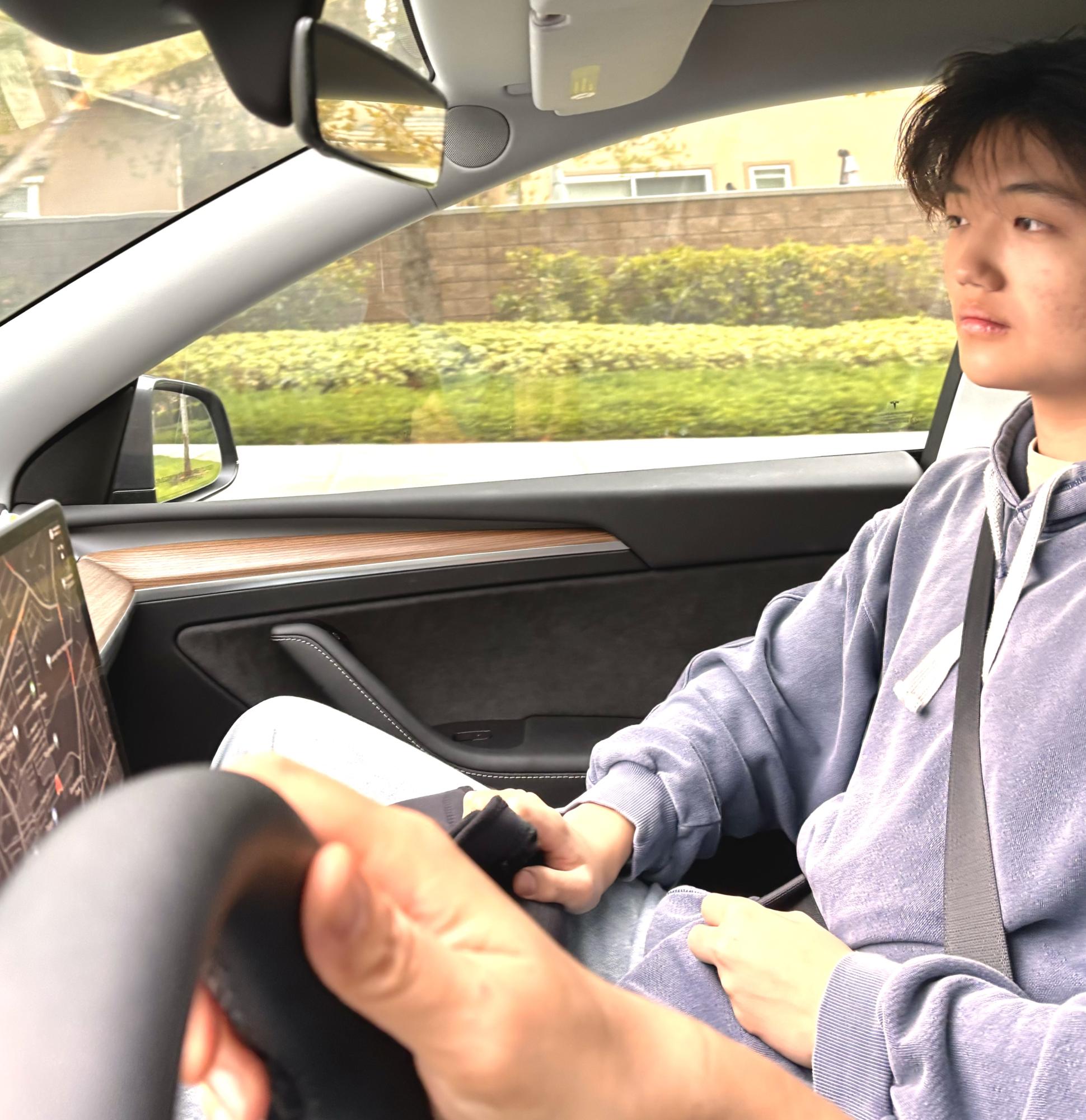
Honk!
My friend and I quickly turn to see the source of the sound: a white SUV, passing by.
“Oh s—,” my friend says.
We’re strolling onto the crosswalk near the west entrance of the school a week before final exams for the 2023-2024 school year when we almost get run over by one of our peers.
I squint, and I see a familiar face: one I see every day in my fifth period class. And next to her, someone I assumed to be her mom.
Our eyes follow our classmate’s car as the turn signals light up and she turns left to enter the west side of the school.
My friend looks back at me. “Does she even have her license?”, he asks.
“I don’t think so,” I answer. An adult is in the passenger seat, which tells us she wasn’t able to drive on her own yet.
My friend looks over at me. “Why is she driving like that?” If we had taken another step, the car could have hit us.
That was my question exactly: Why was someone with only a learner’s permit driving to school?
Although it may feel like a convenient way for these students to get more practice for the official DMV test to earn their license, doing something like this serves as an unnecessary risk to everyone – drivers and pedestrians – heading to and back from school. Teen drivers with permits shouldn’t practice for the DMV test by driving to school.
Off the top of my head, I can think of five of my peers who have gotten in fender benders last year in our school parking lot’s traffic while driving — some of whom even had their licenses. When having a license doesn’t clear all risk of a crash, there’s even more reason to let them drive without
On the average school day, cars line up like ants in the road in front of our campus — each car inching forward every few seconds. Students rush to school, slowing down traffic even more.
When students with a license could struggle in a place with so much traffic and pedestrians, just imagine how an unlicensed driver would do so.
According to a 2022 study from the Centers for Disease Control and Prevention, the leading cause of death in adolescents ages 10-19 is unintentional injuries — most of which are car crashes.
Additionally, young adults aged 16-20 are most likely to be involved in car crashes when separated by age group, according to 2021 data compiled from the National Highway Traffic Safety Administration. When even students with their licenses have the risk of an accident, teens with merely a permit shouldn’t take such a challenge in high-traffic areas.
Some students and their parents may argue driving in this stressful environment trains them for the real world; pressure makes diamonds, as General George S. Patton originally said.
They’re right — to an extent.
Driving right before school in a heavy-traffic environment like the campus parking lot can very easily be overwhelming for a new driver.
Of course, driving is a trial-and-error process in which making mistakes will help them fix driving habits in the long run. But in high-tension situations like before school starts, teen drivers’ ‘mistakes’ could harm others or even themselves.
An area with heavy traffic is prone to fender-benders, especially with student drivers, potentially creating legal troubles for themselves or whoever is unfortunate enough to be near the site. During the driving assessment, evaluators don’t even specifically look for how the test-taker reacts to road conditions with crammed cars, waiting minutes only to move onto the next red light.
These drivers are still learning, which means they can make mistakes. But in a situation with hundreds of pedestrians, a single mistake — like braking a little later — can be fatal.
Students will, of course, have trouble getting consistent driving practice in a calendar filled with homework, studying, chores and extracurriculars. But with a consistent schedule and some work, students can effortlessly sneak some driving practice into their bustling schedules by practicing during three-day weekends with the extra time, school breaks or after school if they finish homework early (permit owners aren’t allowed to drive from 11 p.m. to 5 a.m.) or decide to take a short break.
If students have part-time jobs or extracurricular events, they can drive there — all with the proper supervision — instead of forcing themselves to face heavy traffic. And even if there is road congestion, drivers won’t have to face rows and rows of pedestrians, lowering the risk of a student injury.
I earned my learner’s permit in March, and I’ve never driven myself to school. As a 17-year-old senior with college applications and schoolwork in the balance, I find my time to practice between studying sessions: taking a quick drive with one of my parents around the neighborhood.
But occasionally, on these short drives, I happen to drive past our school.
Turns out that driving becomes a much less stressful learning experience without too many cars around.
So, until we get our licenses, let’s keep the practice away from Lancer Way.
Your donation will support the student journalists of Sunny Hills High School. Your contribution will allow us to purchase equipment and cover our annual website hosting costs.

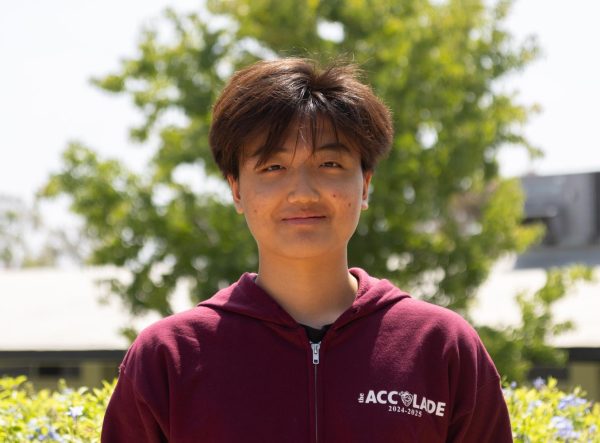



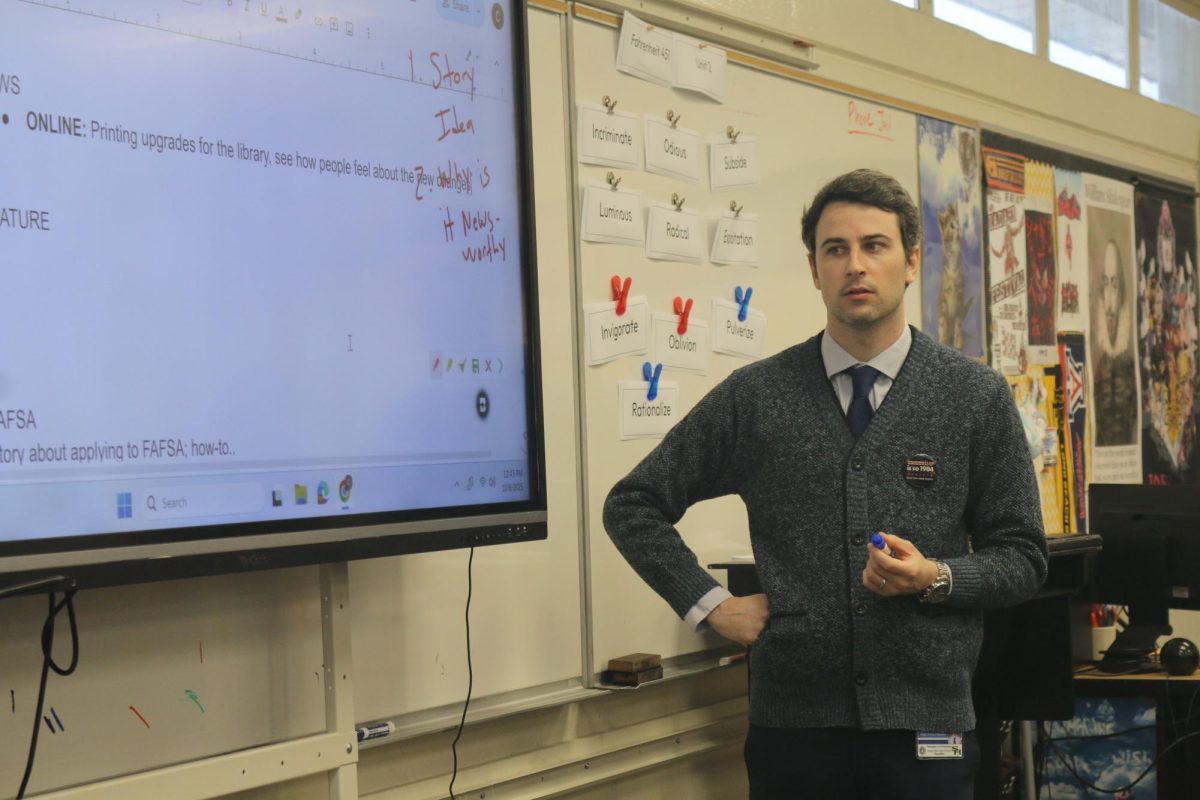


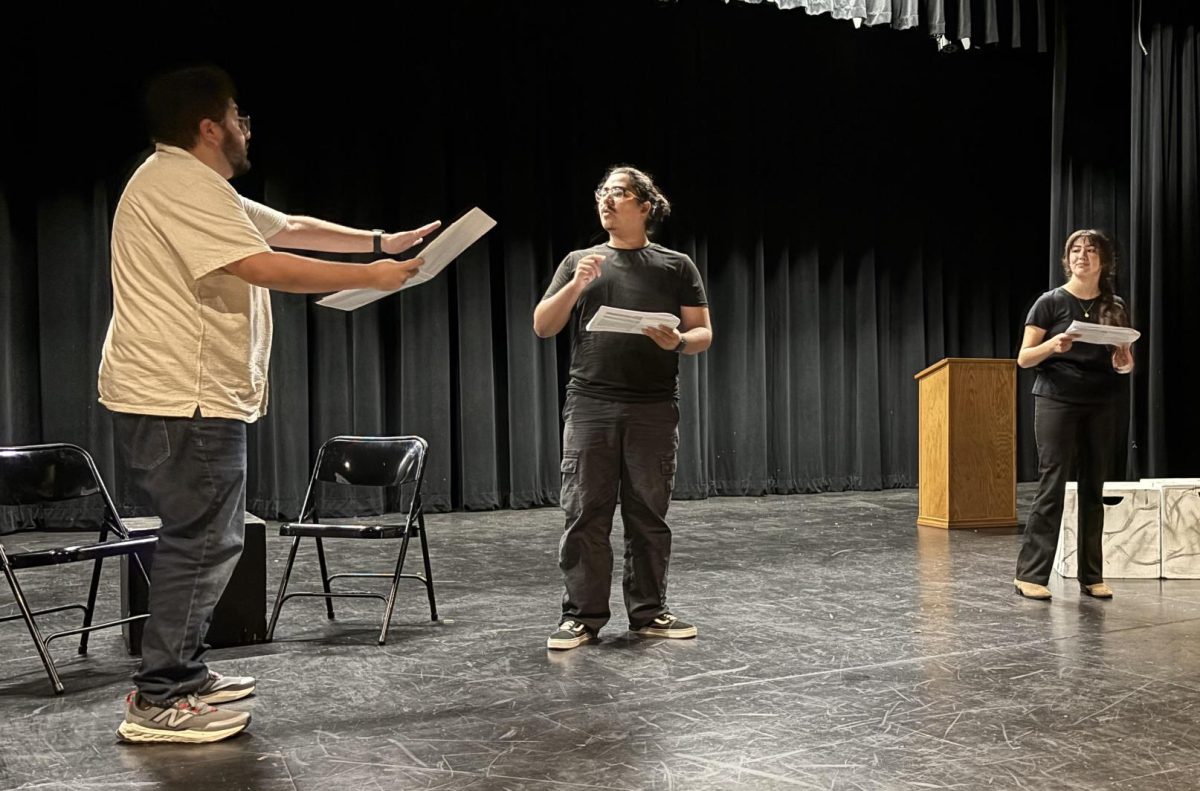
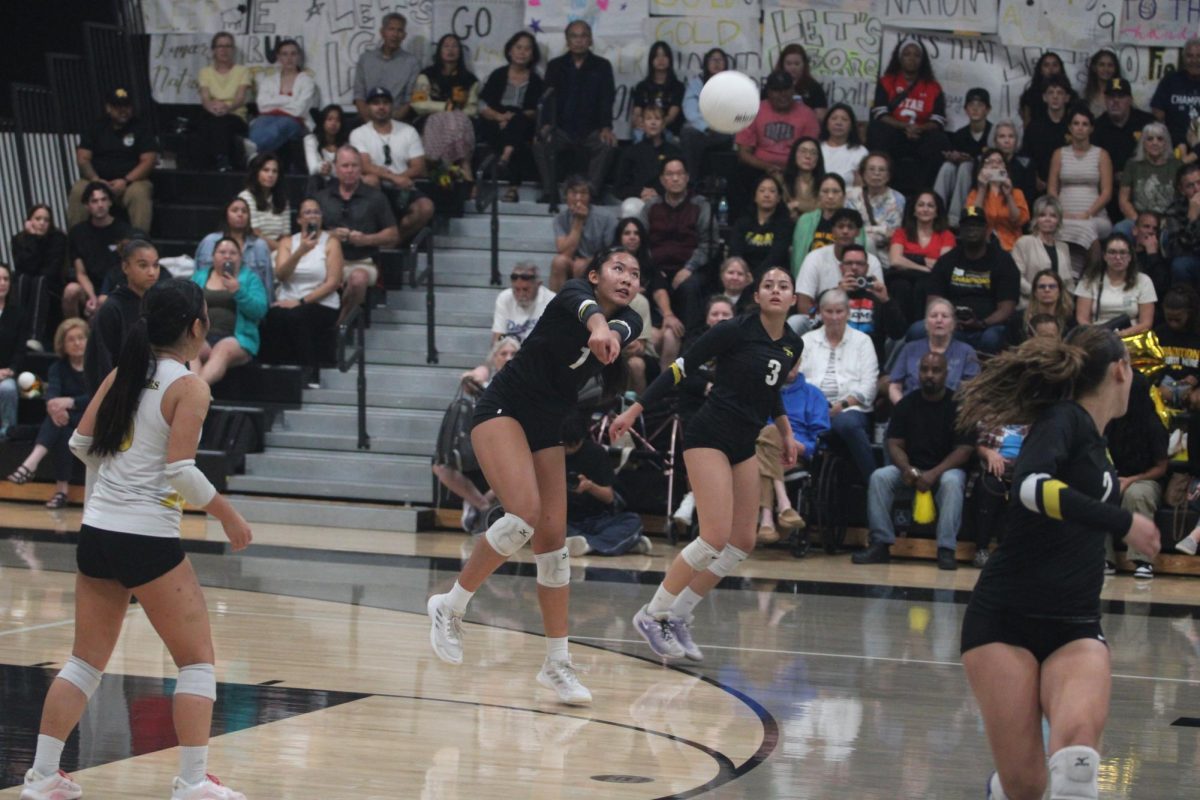
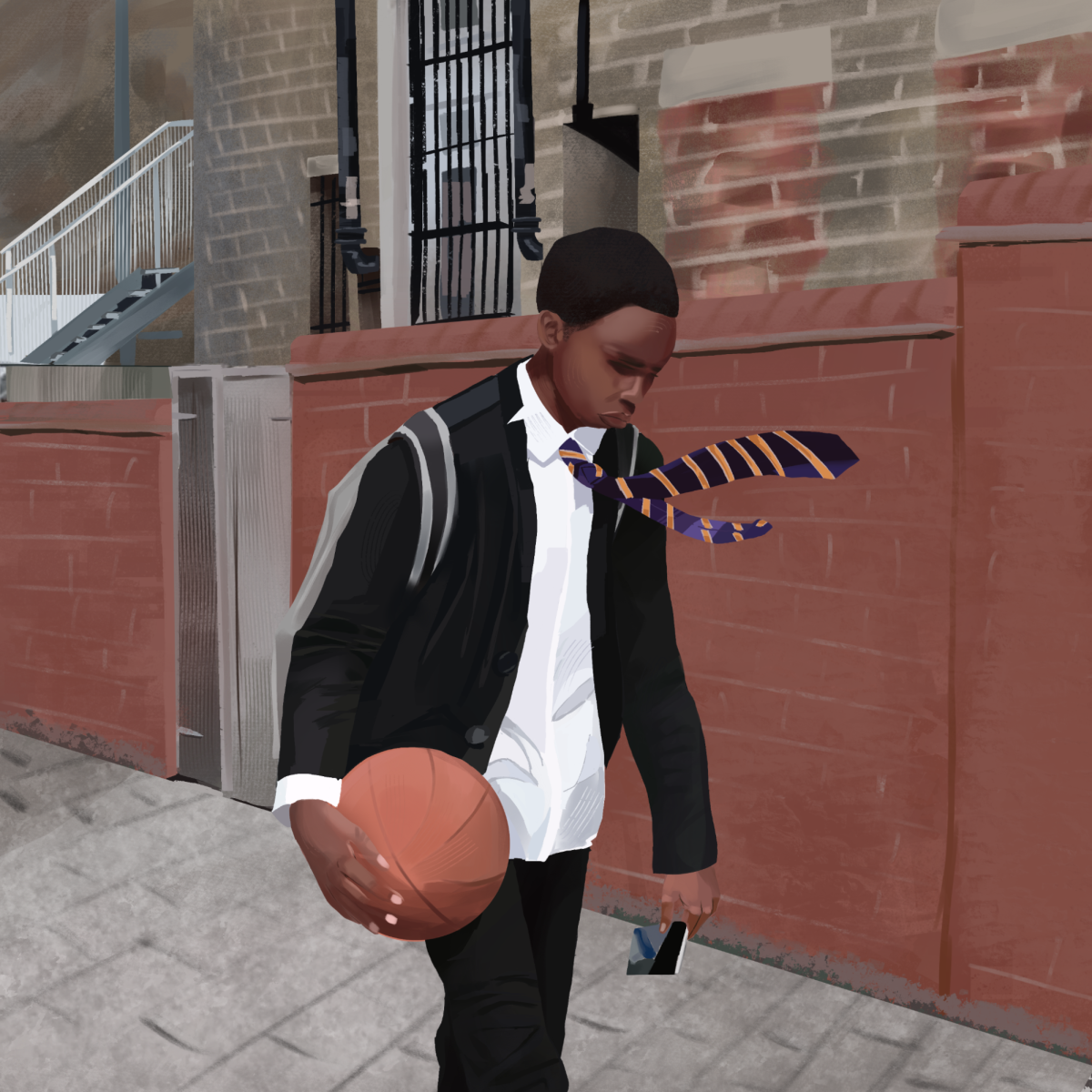
Jeremiah Wyer • Oct 8, 2024 at 10:26 am
I agree. We should “slam the brakes” on driving to school without a license. Although Faith raises a good point with her writing, I think the traffic will be too overwhelming. I personally have caused numerous car crashes (almost none of which were fatal) and all of them were before I received my license. I never told my fellow Lancers, but some of my friends knew. Looking back as a college sophomore, I can see that my high school life was messed up, just to say the least. I just want to say I commend Kayden for arguing against permit-owning teen drivers. #safedriving #classof2023